Boniverstr. 30, 45883 Gelsenkirchen
Icon legend
![]() This icon indicates an awarded building
This icon indicates an awarded building
![]() This icon indicates a listed building
This icon indicates a listed building
![]() Projects with this logo are on the UNESCO World Cultural Heritage list
Projects with this logo are on the UNESCO World Cultural Heritage list
![]() Project has been converted, renovated or extended
Project has been converted, renovated or extended
x close
![]()
![]()
1908 / 1996
PFEIFFER · ELLERMANN · PRECKEL GmbH
(conversion and extension)
- keine Angabe -
Advanced search with more criteria
Total projects: 483

45883 Gelsenkirchen
Distance: 0.35 km
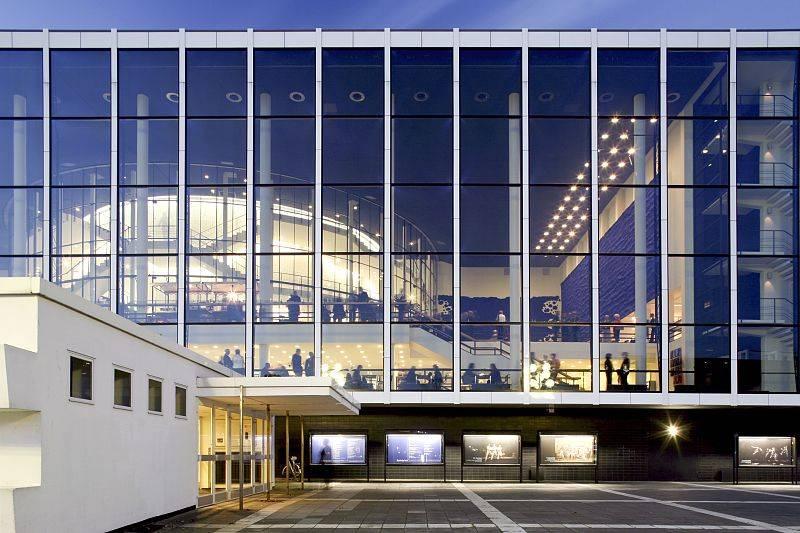
45881 Gelsenkirchen
Distance: 0.67 km
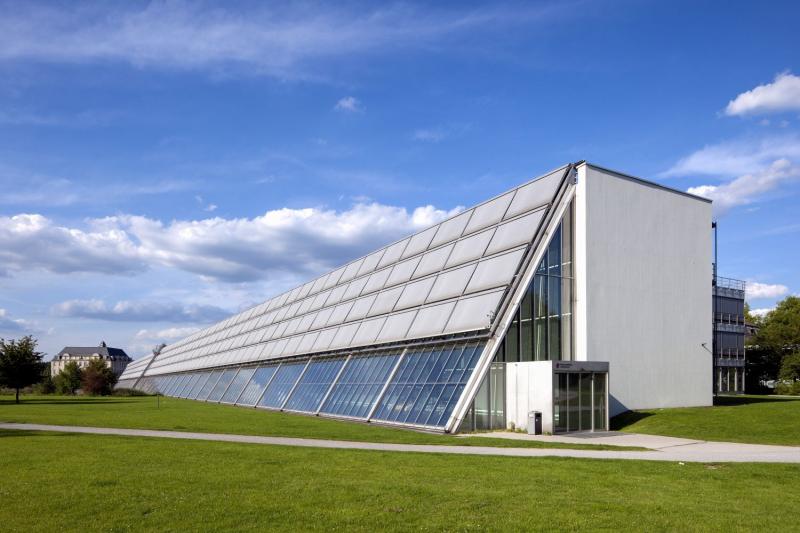
45886 Gelsenkirchen
Distance: 2.19 km
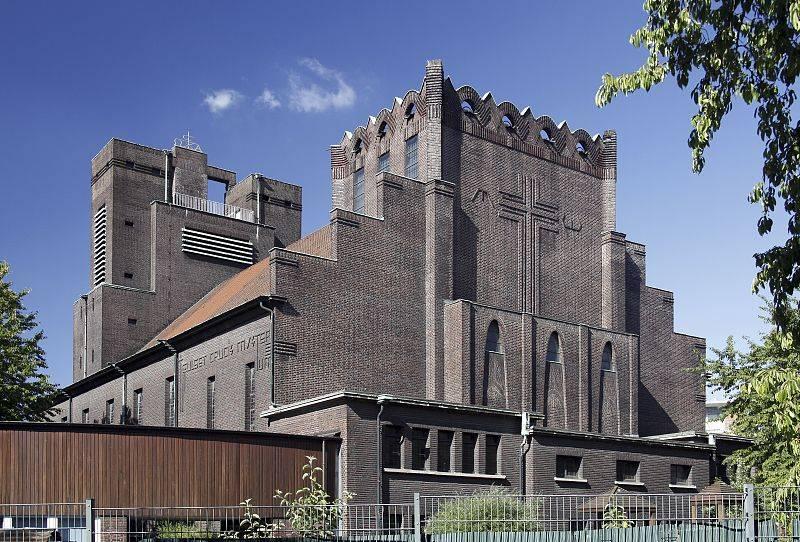
45886 Gelsenkirchen
Distance: 2.34 km
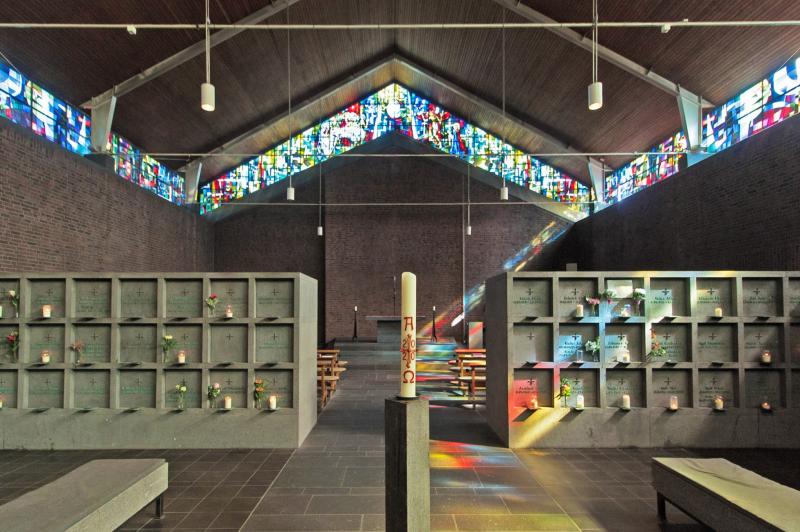
45772 Marl
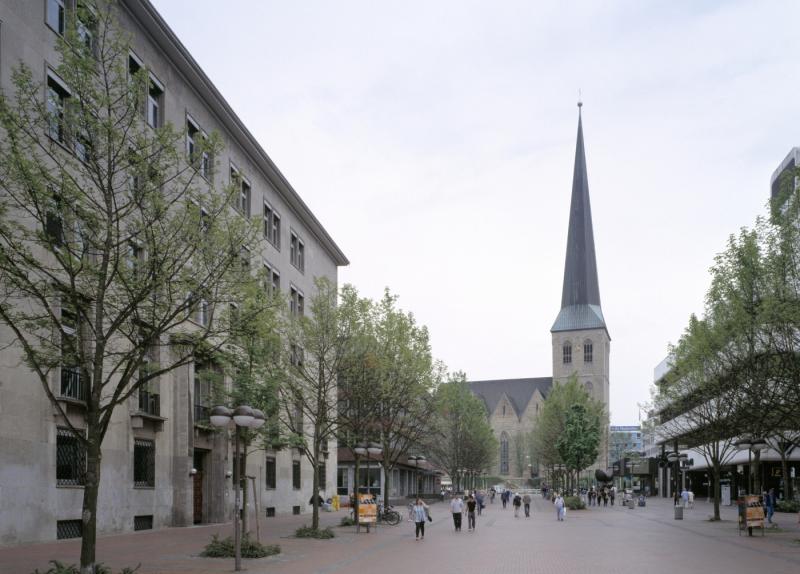
44137 Dortmund
The homogeneous ensemble made of brick and plaster, also drawing upon the neo-Gothic and art-nouveau styles, was built in 1908 as mining shaft 8 of Zeche Consolidation in Gelsenkirchen Feldmark for man-riding and ventilation. In 1909, it was opened as Schacht Oberschuir, including a wages hall, pithead baths, pit frame and machine shed.
All buildings feature light-red bricks mixed with white plastered areas and cornices.
Ventilation operations ended in 1981, since when the plant has been listed.
In 1996, the listed industrial buildings, which then were to serve as an exhibition and event centre, were completed my a modern glass cube, which forms the prominent entrance to the ensemble of buildings.
Next to the foyer, we find side rooms and offices.
At almost 500 sq m, the former machine shed is the central room of the complex.
Adjoining it, we find the hoist shed, at whose centre is the extant historical hoist.
The almost filigree pit frame is still a real landmark, also of the district. Since October 2002, the ensemble has been operated by Europäisches Haus der Stadtbaukultur (European house of urbanistic culture) under the name “stadtbauraum”.
Author: stadtbauraum / Editorial baukunst-nrw
Text last changed on 26.01.2009
Categories:
Architecture » Public Buildings » Cultural (cinemas, theatres, museums)
Engineering » Energy